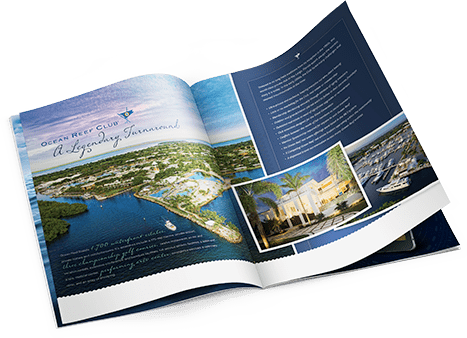Having recently attended the 2016 Urban Land Institute conference in Dallas, Texas, we learned some very interesting trends that were pertinent to real estate developers as we move into the 2017 season.
As we enter the 4th Quarter of 2016, average real estate sales pace is down approximately 15-20%. This was surprising, as most people expected 2016 to be better than 2015. The cause of the slow down is a combination of the stock market collapse at the beginning of the year, the unusually negative election cycle, the resulting uncertainty for the future. This impacts government sectors, the financial landscape as well as international issues related to ISIS and BREXIT. There is generally a lack of urgency in the market, with people taking a wait and see attitude.
In contrast, there is a long-term optimism about the future as we see a huge group of baby boomers that have not fully recovered their losses from the recession. These future homebuyers are currently working and plan to continue working longer than previously anticipated. Combine this with a 1.2% average growth rate over the last 10 years, and you’ll find the majority of baby boomers were not immediately seeking a retirement or vacation home.
Time is not on their side, however, and the majority of this market is starting to look at their quality time left. This scenario is likely to induce a rapid return to growth as these consumers re-enter the market at the same time. Imagine a group of frogs sitting on a rock with everything still—when the first frog jumps, all the other frogs follow.
New home communities on the outside edge of a large metro area are considered to be prime properties that will directly benefit from this delayed phenomenon. Markets that provide a small town environment yet are located close to a major business center with good transportation, cultural interests, universities and other lifestyle driven components.
During the ULI conference, there was significant discussion on how the baby boomer market is very different from the silent generation and the golf club communities of the past. The formality of the club environment, the cost of dues, and the lack of fitness and activities for children and wives, have all impacted the viability of country clubs and retirement communities. The experts strongly recommended revitalizing these communities with dynamic social programming and facility enhancements to “young up” the environment and create a well-rounded, multi-generational community. This is a place where golf is the tail, not the dog and where activities include all ages, genders and family members.
The emerging market is also seeking a combination of contemporary design and comfortable lifestyle settings that offer open floorplans, a healthy amenities program and a reasonable HOA fee structure. Developers should be reviewing spec home inventory, model types, model sizes, amenity programs and future plan with this change in mind. The emerging buyers are not like the buyers in 2004 and 2005 when we were at the height of the market. Behind the baby boomer population, the X and Y generations are even more demanding and are looking for a combination of technology, simplicity and a very social environment.
Food & wine have replaced golf, and the emerging market is very digital-savvy with a large focus on eco-green sustainability. This should also be a key part of your marketing message and plan.
Historical growth rates coming out of a recession were 4%. Many industry experts today will debate whether we ever actually came out of the recession. With the election behind us, we believe that there will be a new energy for people moving up, moving down, geographically relocating and changing their lifestyle. This will certainly benefit today’s community real estate developers.





